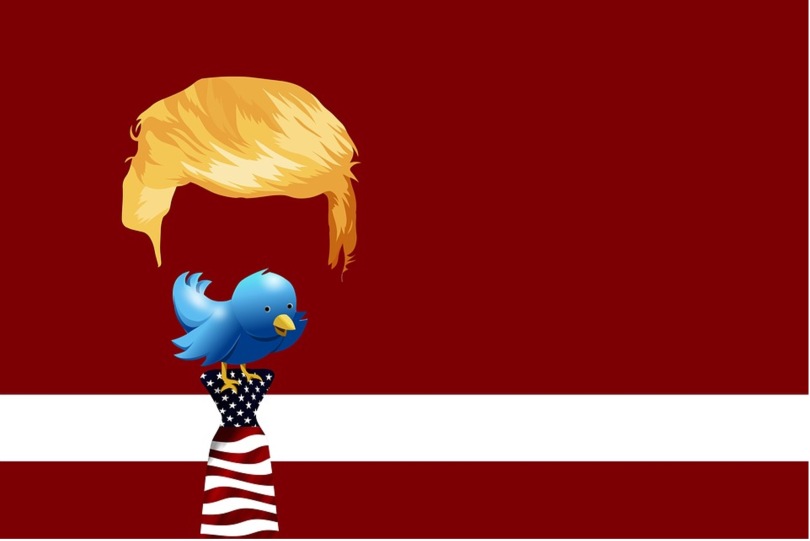The decisions concerning the blocking of Twitter and Facebook accounts belonging to Donald Trump are still pending.
On the contrary, the judicial proceedings regarding the attempts by then-President Trump himself to limit the reactions to his own posts by other Twitter users was decided by the United States Court of Appeals for the Second Circuit defining the question of whether blocking another social media user could consist in a violation of the First Amendment.
President Trump, acting in his official capacity as President of the United States, petitioned for a writ of certiorari in August 2020. Because, following the elections, President Biden would have become the petitioner to this action, the Justice Department asked the Supreme Court to declare the case moot (see here). On 5 April 2020, the US Supreme Court, following its established practice, granted the writ of certiorari, vacated the lower judgement, and remanded the case to the Court of Appeals for the Second Circuit with instructions to dismiss the case as moot.
What makes this decision particularly interesting is Justice Thomas’ concurring opinion.
Indeed, the concurring opinion of Justice Thomas addresses the ongoing discussions on the nature of “digital spaces”, in between private and public spheres. Many see an inherent vice in a system based on a private enforcement of fundamental rights to be performed by platforms, such as Twitter.
In the case at stake, the petition revolved around the possibility to qualify a Twitter thread as a public forum, protected by the First Amendment. At the same time, however, the oddity of such a qualification becomes clear, as Twitter – a private company – has unrestricted authority to moderate the threads, according to its own terms of service.
Against this backdrop, Justice Thomas states that: “We will soon have no choice but to address how our legal doctrines apply to highly concentrated, privately owned information infrastructure such as digital platforms”.
From what has been said here, it should be clear that a turning point in the ongoing discussion that heats scholars, legislators as well as all players on a global scale is marked. Indeed, Justice Thomas analyses the legal qualification of the “public forum” doctrine and its applicability to Twitter threads since the main controversial element of the case regards the existence of a governmental control of the digital space (even in the limit of a single Twitter account).
Given that Mr. Trump often used his personal account to speak in his official capacity, it is questionable whether this element might be fulfilled in the case at stake. At the same time, the private nature of providers with control over online content, combined with the concentration of platforms limiting the number of services available to the public, may offer new ways of legally addressing these challenges. For example, Justice Thomas proposes to consider the doctrines pertaining to limitations to the right of a private company to exclude others, such as “common carriers” or “public accommodation”.
In this regard, Justice Thomas found that: “there is a fair argument that some digital platforms are sufficiently akin to common carriers or places of accommodation to be regulated in this manner”, especially in cases where digital platforms have dominant market share deriving from their network size.
Interestingly, Justice Thomas did not miss the chance to depict the digital environment as such, when stating that: “The Internet, of course, is a network. But these digital platforms are networks within that network”.
What is more, the dominant position of the main platforms in the digital market is taken for granted without further analysis. Namely, it is stressed that the existing concentration gives few private players “enormous control over speech.” This is particularly valid, considering that viable alternatives to the services offered by GAFAM are barely existing, also given to strategic acquisitions of promising start-ups and competitors.
It becomes evident that public control over the platform’s right to exclude should – at least – be considered. In that case, platforms’ unilateral control would be reduced to the benefit of an increasing public oversight, that implies: “a government official’s account begins to better resemble a ‘government-controlled space’.”
Justice Thomas highlights that this precise reasoning gives strong arguments to support a regulation of digital platforms that addresses public concerns.
In conclusion, according to Justice Thomas, the tension between ownership and the right to exclude in respect to the right of free speech must be solved expeditiously and consideration must be given to both the risks associated with a public authority (as then-President Trump) cutting off citizens’ free speech using Twitter features, and the smoothing power of dominant digital platforms.
Andrea Giulia Monteleone
The full text of the Supreme Court decision: 20-197 Biden v. Knight First Amendment Institute at Columbia Univ. (04/05/2021) (supremecourt.gov)

